If you’ve ever stood in awe of a fireworks show, you’ve probably wondered: how do fireworks create such vibrant, glowing bursts of color in the night sky?
What causes fireworks to emit light in the first place? The answer lies in a combination of chemistry, heat, and combustion. In this article, we’re diving into the three main processes that make fireworks shine so brightly.
Whether you’re a DIY enthusiast crafting your own fireworks display or a family looking for safe, high-quality fireworks for celebrations, understanding what three processes cause fireworks to emit light can help you appreciate the stunning beauty of these explosive lights.
At Red Apple Fireworks, we are experts in all things pyrotechnic, and we’re excited to share the magic of firework chemistry with you.
So, what exactly causes fireworks to emit light? Let’s explore the three key processes: incandescence, luminescence, and oxidation.
What this article covers:
How Fireworks Produce Light
Every burst of colour in the night sky starts with a chain reaction inside a firework shell.
When ignited, fireworks go through a carefully timed series of chemical reactions that generate heat, release energy, and produce light.
These reactions involve a mix of fuel, oxidizers, and metal salts, each playing a key role in the final effect.
As the firework burns, chemical energy is converted into thermal energy, which drives the ignition of metal compounds that glow, sparkle, or explode in brilliant colours.
The brightness, hue, and timing of each effect depend on the elements used and the temperature at which they burn.
Together, these reactions create the stunning visuals and sounds that define a great fireworks display.
To understand it all, let’s explore the three core processes that cause fireworks to emit light: incandescence, luminescence, and oxidation.

Incandescence – Heat-Driven Light Production
Incandescence is the process where light is produced due to the heating of a substance. In fireworks, this happens when metal elements such as iron, magnesium, or aluminum are heated to extremely high temperatures.
As these metals burn, they emit a glowing light. This is the same principle that makes a light bulb glow: heat causes the filament to emit visible light.
In fireworks, this process results in the bright, white or gold flashes you often see in a firework display. The temperature at which these metals burn is crucial to producing the desired light intensity and color.
Luminescence – Chemical Reactions Creating Light
Luminescence occurs when light is emitted by a substance without being caused by heat. Instead, it’s the result of chemical reactions between metal salts and other chemicals in the firework.
When fireworks are ignited, certain chemicals such as copper, strontium, and barium undergo reactions that release energy in the form of visible light.
These reactions occur at lower temperatures than incandescence, and they’re what give fireworks their vibrant colors.
For example, copper compounds produce blue light, while strontium compounds create red light.
The careful combination of these chemicals is what allows pyrotechnic professionals to create a wide array of dazzling colors in the sky.
Oxidation – The Role of Combustion in Fireworks
Oxidation is the process that occurs when a substance reacts with oxygen, releasing energy in the form of heat and light. In fireworks, this happens when fuel and oxidizers combine during combustion.
The fuel is typically made of a mixture of organic compounds like charcoal or sulfur, while the oxidizer is a compound that provides oxygen to sustain the reaction, such as potassium nitrate.
When ignited, the fuel and oxidizer react, producing intense heat and releasing a burst of light. This process is what powers the explosions we see in fireworks and is responsible for the powerful bursts of color and brightness.

Innovations in Firework Chemistry
As technology and chemistry evolve, so does the art of creating fireworks. Innovations in firework chemistry have led to advancements in color creation, safety, and sustainability.
Let’s look at some of these exciting developments.
Enhancements in Luminescent Formulations
One of the biggest advancements in recent years has been the improvement of luminescent formulas used in fireworks.
Chemists are constantly working to create brighter, more vibrant colors by experimenting with new compounds and formulations.
These innovations allow pyrotechnic professionals to create fireworks with even more stunning and varied colors, making displays more beautiful than ever before.

Advances in Sustainable Firework Technology
As we become more environmentally conscious, the fireworks industry is exploring more sustainable options.
Researchers are developing greener formulas that reduce the amount of harmful chemicals used in fireworks.
These new formulations aim to minimize the environmental impact while still delivering the stunning effects that we all enjoy.
Conclusion
At Red Apple Fireworks, we understand the intricate processes that go into creating a perfect firework display.
From the heat-driven glow of incandescence to the chemical brilliance of luminescence, and the explosive power of oxidation, each process contributes to the spectacle that lights up the sky.
If you're looking for spectacular fireworks to go with your next special occasion or holiday, look no further than our spinner fireworks and fireworks boxes.
Red Apple Fireworks offers a wide range of options, from stunning visual effects to safe, family-friendly products that everyone can enjoy.
But that’s not all—we invite you to join our membership, Club Red Apple and save up to 25%!
By becoming a member, you’ll unlock a world of exclusive benefits, including great discounts, insider access to our newest products, and a whole lot more to elevate your fireworks game.
With our competitive pricing, expertise, and commitment to quality, your next fireworks display is sure to be a memorable one.
Whether you're wondering how does a firework work or what chemicals are used in fireworks, we've got the answer for you. Join us today, explore our vast selection, and get ready to light up the night sky like never before!
If you want to learn more, check out these articles below
- What Minerals Are Used to Make Gold Sparks Fireworks
- What Problem Occurs If the Firework Mixture Is Not Pure
- When Were Fireworks Invented?
- First American Fireworks
- Facts About Fireworks
- Why Do Celebrate with Fireworks?
- Why Were Fireworks Important in Ancient China?
- How Do Fireworks Get Their Color?
- What Element Makes Purple Fireworks?
- What Element Will Give Fireworks Their Yellow Color?
- What Makes Fireworks Blue?
- Which Metal Ion Is Responsible for the Red Firework?




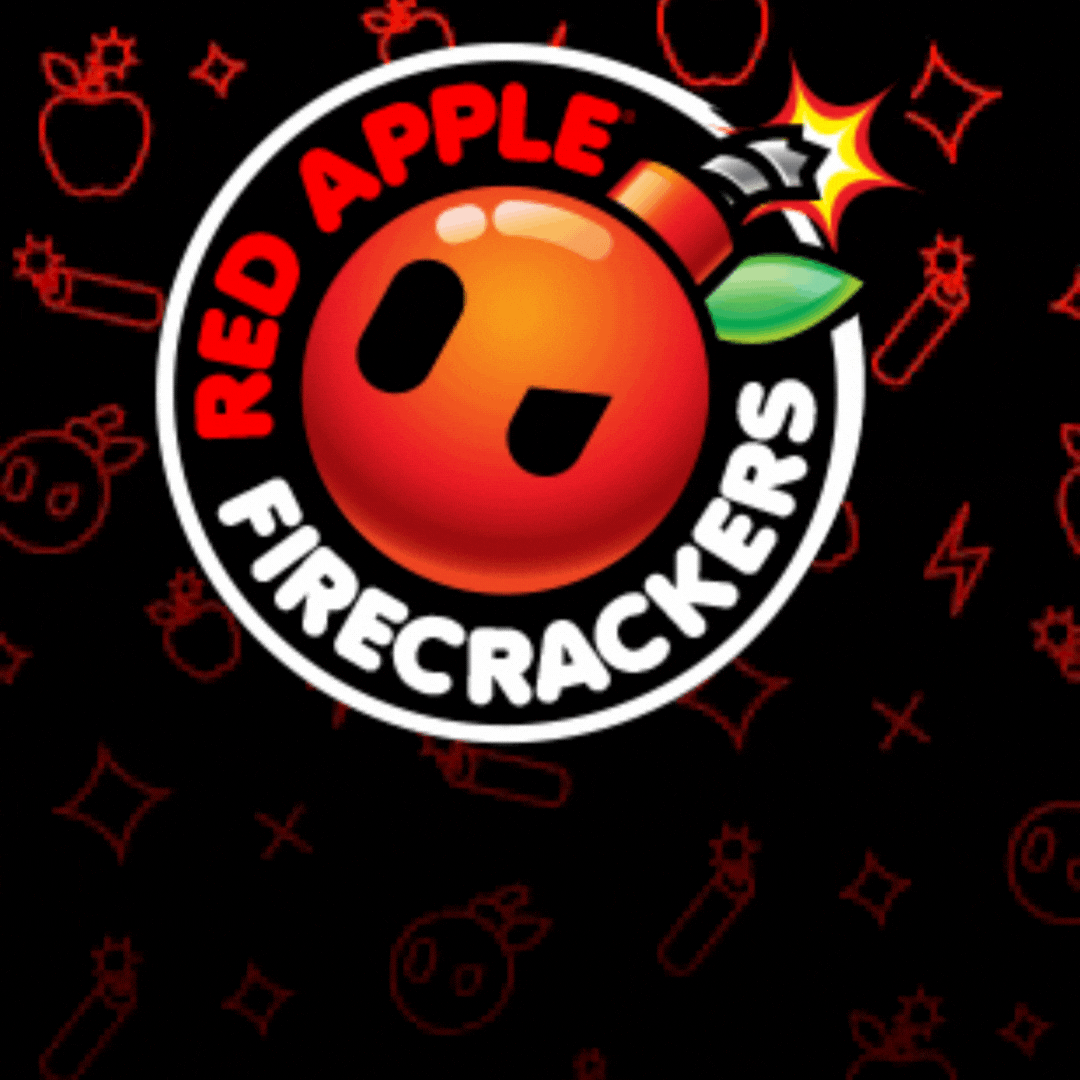
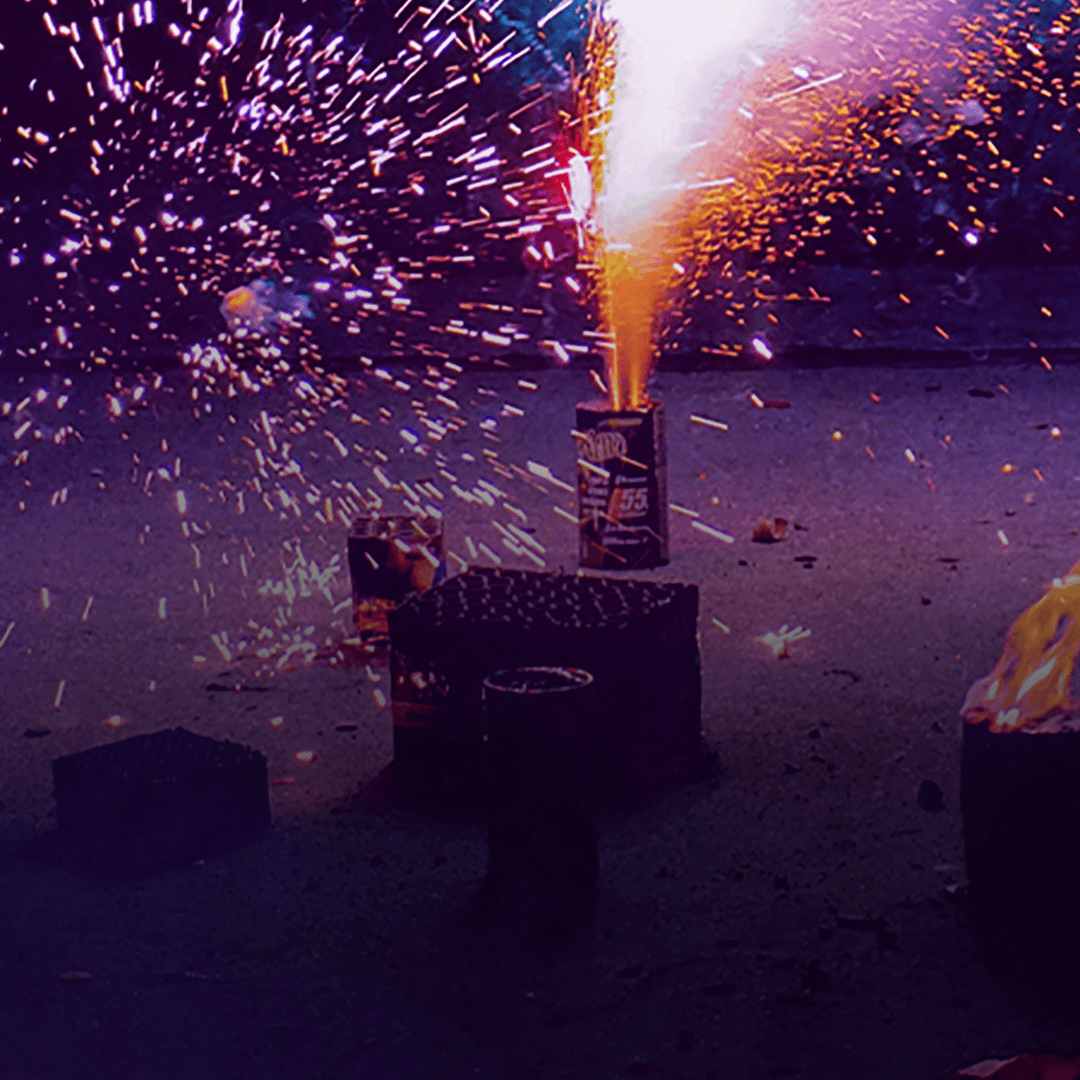


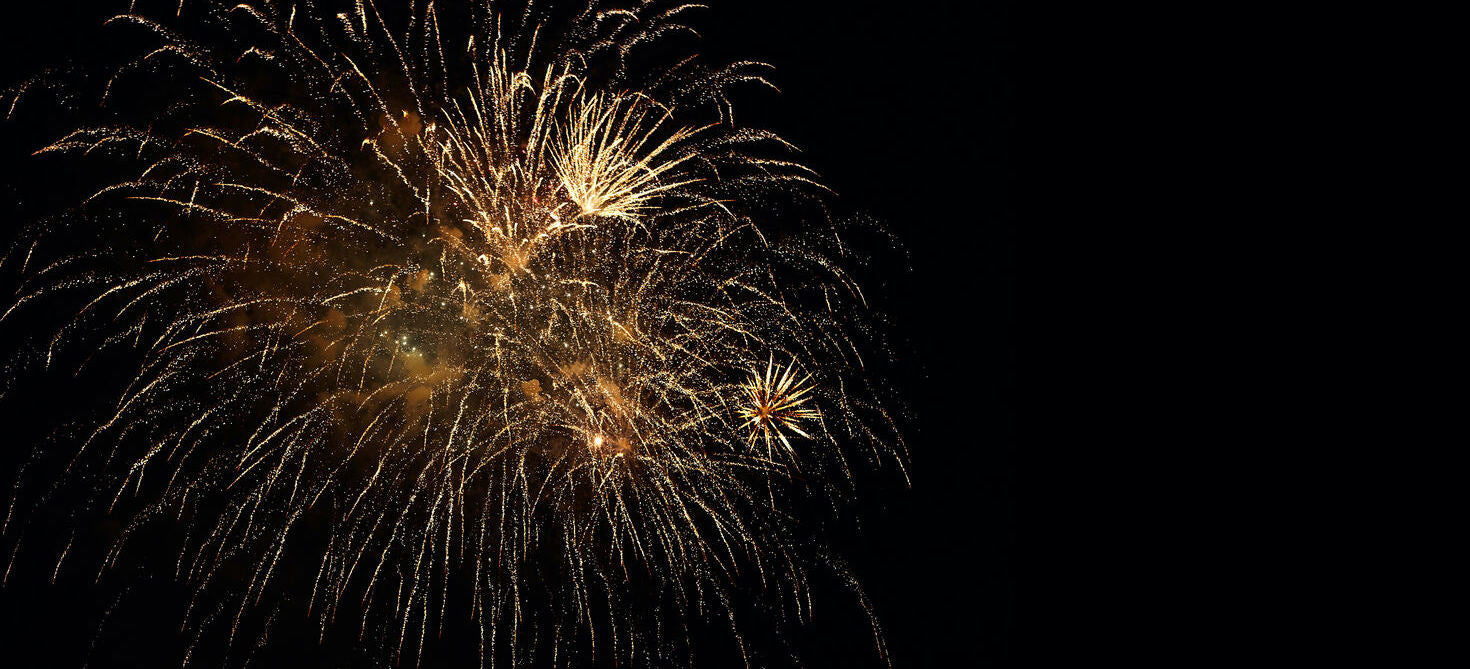

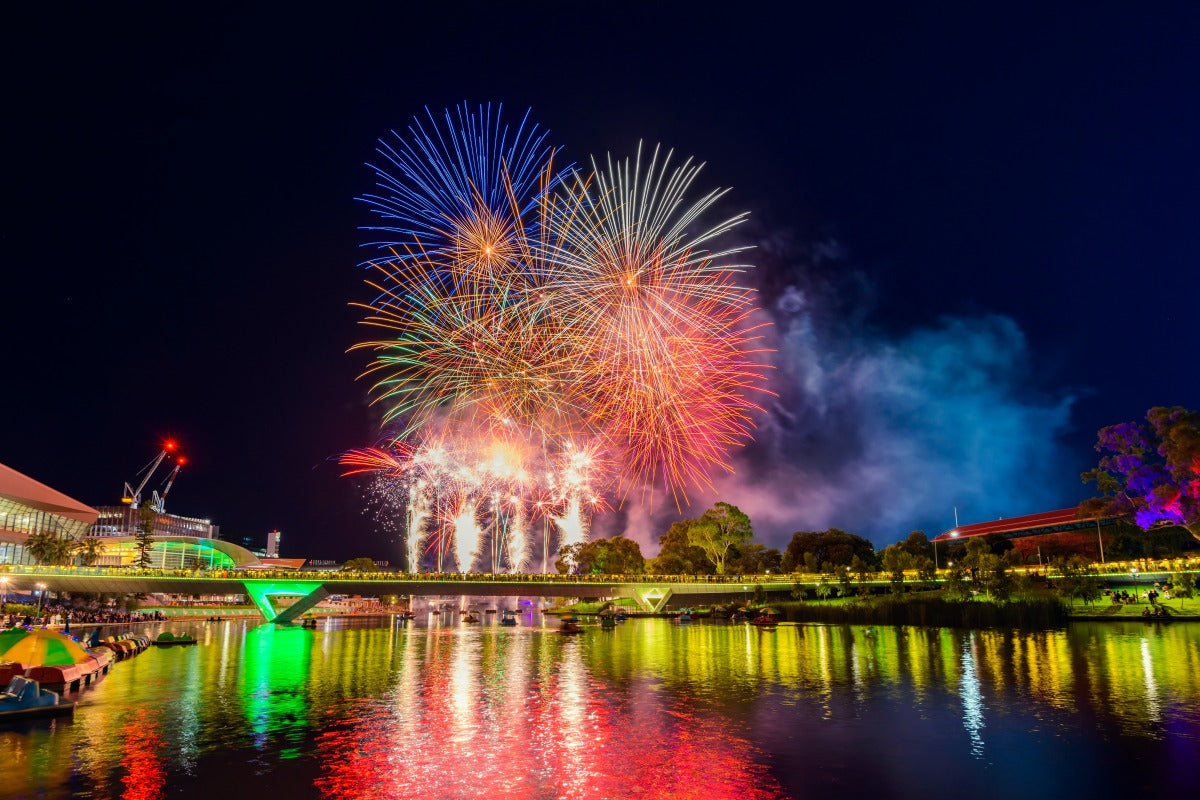
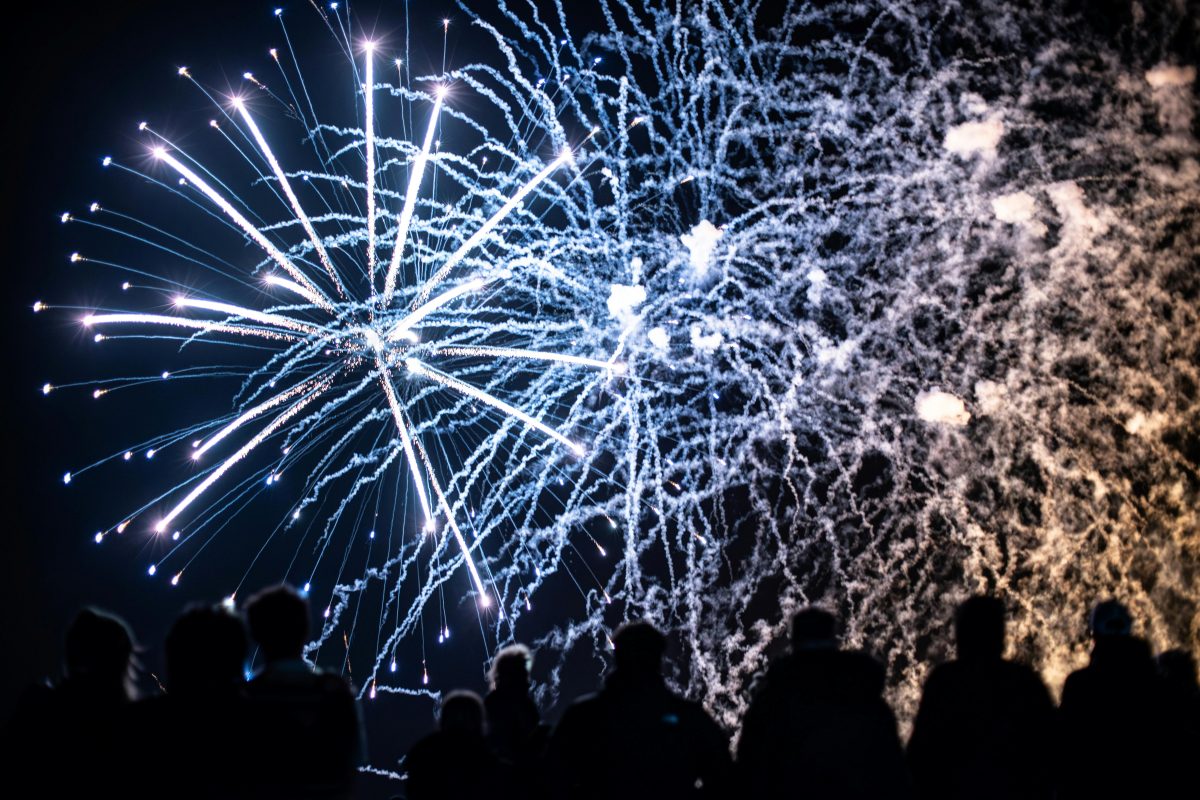
Leave a comment
All comments are moderated before being published.
This site is protected by hCaptcha and the hCaptcha Privacy Policy and Terms of Service apply.